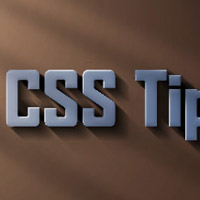In an effort to squeeze more content on web pages, designers sometimes turn to novel navigation features such as carousels that advance or rotate objects in a fixed space. These are great for displaying related products or showing facets of the same product, such as pants presented in different colors or with different tailoring options (cuffed or not, straight vs. relaxed cut, etc.). Some carousels are relatively simple slide-show-like implementations, while others present selectable objects in a 3-D, circular view.
For ThanksGiving, I am offering 5 exclusive website templates for just $3.99. Purchase Here.
For ThanksGiving, I am offering 5 exclusive website templates for just $3.99. Purchase Here.
This carousel, used on Amazon.com, effectively displays related products within a small space. It clearly communicates the total number of pages or items available.
When using novel interaction such as a carousel, web site designers and content writers need to remember usability basics such as reinforcing a sense of place and keeping users in control. For example, common usability problems we have seen with carousels include:
1. Users can easily lose track of what they have previously viewed when sites do not display how many items or sets of items exist or their current location within the set.
This type of carousel makes users work harder to remember which items they have previously viewed, especially if items are not visually distinctive or otherwise memorable.
One site we tested displayed content below the carousel when an item was selected. Users were not always aware of which item was selected, and some did not associate the dynamic content with the carousel selection at all.
2. Complex navigation within a carousel can be very problematic. Rich navigation is possible using a carousel model, whereby the carousel changes “pages” that each present their own set of navigation opportunities via links or embedded objects. We have seen users become lost or miss key messages within this type of navigation scheme. Interaction designers need to take extra care to convey location and navigation options through labels, headings, and other visual cues.









